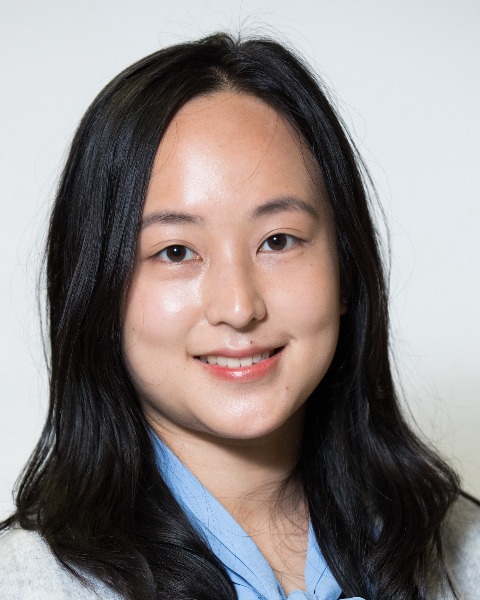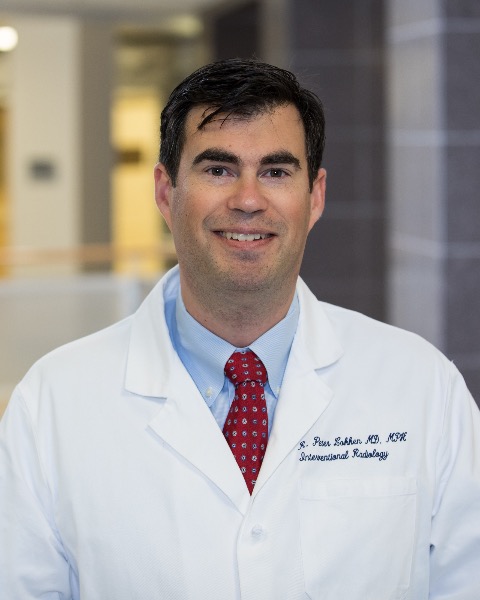SIR 2025
Venous Interventions
Scientific Session
Patterns of Anticoagulation and Antiplatelet Use, Repeat Venous Thromboembolism and Bleeding Events After Venous Stenting in the US: A Population-Based Study

Xiao Wu, MD (she/her/hers)
Resident Physician
University of California, San Francisco, United States
R. Peter Lokken, MD, MPH, FSIR (he/him/his)
Associate Professor of Clinical Radiology
UCSF Department of Radiology and Biomedical Imaging, United States
K. Pallav Kolli, MD, FSIR
Associate Professor of Clinical Radiology
University of California, San Francisco, United States- AL
Alexander Lam, MD
Assistant Professor
UCSF Department of Radiology and Biomedical Imaging, United States
Presenting Author(s)
Author/Co-author(s)
To evaluate the use of anticoagulation and antiplatelet therapy after venous stenting with respect to recurrent venous thromboembolism (VTE), repeat stenting, and bleeding risk {1,2}.
Materials and Methods:
A retrospective cohort study of patients enrolled in the MarketScan Database from 2016 – 2022 who received a stent in the setting of VTE was performed. Subsequent VTE, repeat stenting, and bleeding events were determined and compared based on anticoagulation and antiplatelet use patterns {3}.
Results:
A total of 1,982 patients were included in the analysis. Among them 157 patients were prescribed aspirin, 938 a direct oral anticoagulant (DOAC), 236 warfarin, and 534 clopidogrel. A total of 451 patients were prescribed a combination of oral anticoagulation and clopidogrel, 1113 patients were on an oral anticoagulation alone and 160 patients were on clopidogrel alone. The breakdown of procedure and medications by year is presented in Table 1.
A total of 47 (10.4%) patients had a subsequent VTE after being prescribed combination therapy, 83 (7.5%) after anticoagulation alone, and 9 (5.6%) after clopidogrel alone. Among patients on anticoagulation alone, 310 had additional enoxaparin prescribed, with a recurrent VTE risk of 6.1%, compared to 8.8% in those without (p = 0.11). Recurrent VTE occurred more frequently within the 1st year of the index stenting procedure, ranging from 9 to 22 cases per year. The incidence of repeat VTE was not different among different anticoagulation or antiplatelet prescription pattern (p = 0.07). Repeat stenting was noted to occur more frequently within the first year (ranging from 0-13 cases per year). The rate of repeat stenting was significantly lower in the anticoagulation alone group (p = 0.029). The use of combination therapy was not associated with increased bleeding (4.9%, or 22/451) when compared to anticoagulation (4.7% or 52/1113) or clopidogrel alone (2.5% or 4/160) (p = 0.43).
Conclusion:
Post-VTE stenting anticoagulation/antiplatelet therapy pattern is heterogeneous. Oral anticoagulation alone was the most frequently prescribed therapy. Recurrent VTE was not different among different prescription pattern and repeat stenting most common in clopidogrel alone.


.jpg)